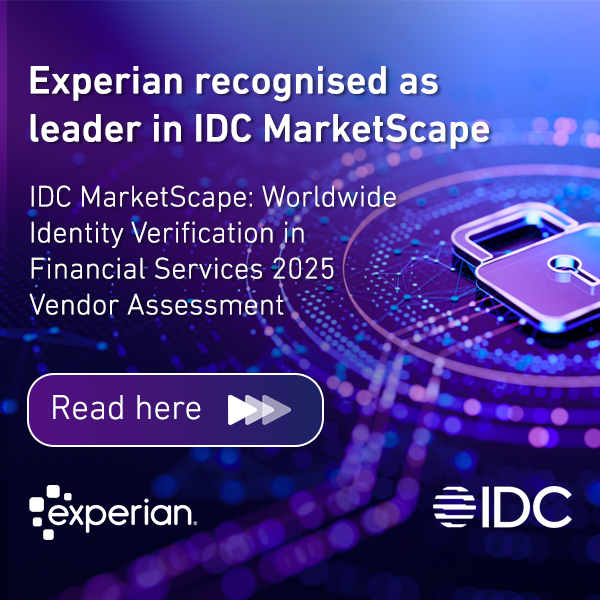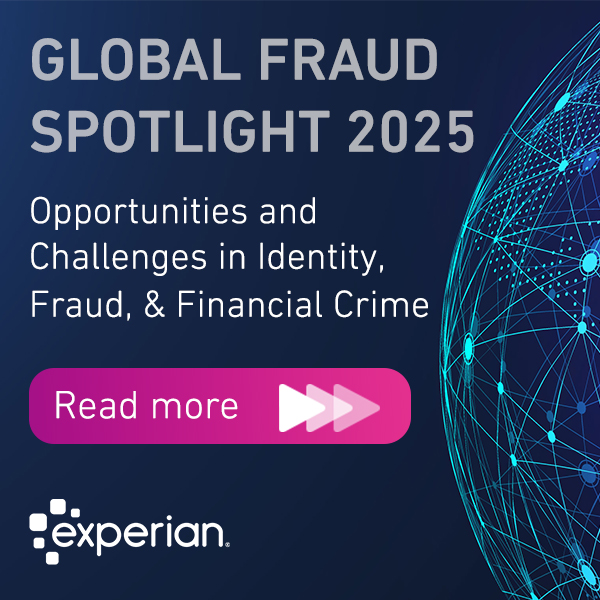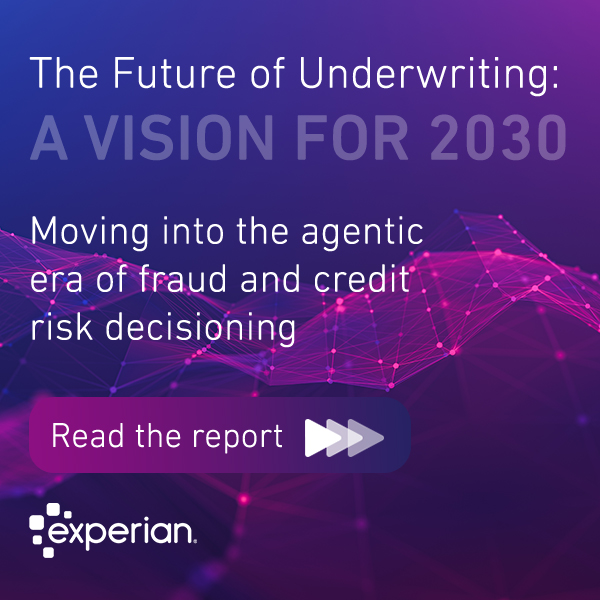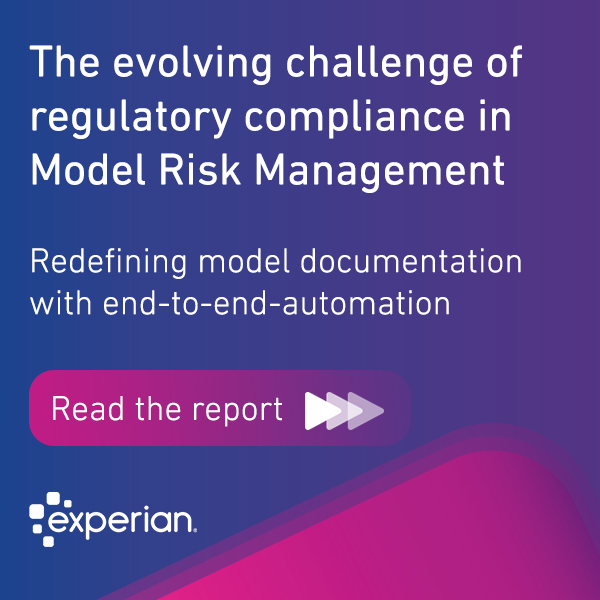Digital interactions have been the norm for some time, and have recently accelerated due to the pandemic, surfacing digital identity as a fundamental focal point for businesses. A shift from analog identity to digital is happening organically due to digital demand, but the necessity of safeguards from businesses and policymakers, and an understanding of what it means to have a digital identity from consumers, make this a complex and increasingly important topic.

“Sometimes it’s easier to think about analog and how that might relate to digital. Our analog life, our identity, is pretty straightforward. We’re all used to showing a driver’s license, an identity card, or a passport. It’s been authenticated by somebody that we trust like the government. It’s something that we use as an entry point to open up our first checking account at the bank or when we go to the doctor’s office and we provide insurance and our identity.
In the digital world, it’s very similar. If you think about that provenance or that trusted source of identity, it often starts with some things that we don’t even see.
That digital footprint is growing and expanding into a lot of pieces of information that most of us aren’t familiar with or think about. That data becomes the gateway to how we access goods and services in a digital environment.” Eric Haller
In this CXO Talk, Michael Krigsman asks Eric Haller, Executive Vice President and Group Head of Experian DataLabs, what it means to have a digital identity and why it’s important. They take a look at the following topics:
- What is digital identity?
- How do you establish digital identity?
- How to improve digital identity?
- How can we protect against AI-generated deep fakes?
- What is the intersection of digital identity and GPT-3?
- Blockchain and digital identity
- Societal implications of digital identity
- Advice to businesses and policymakers on digital identity




